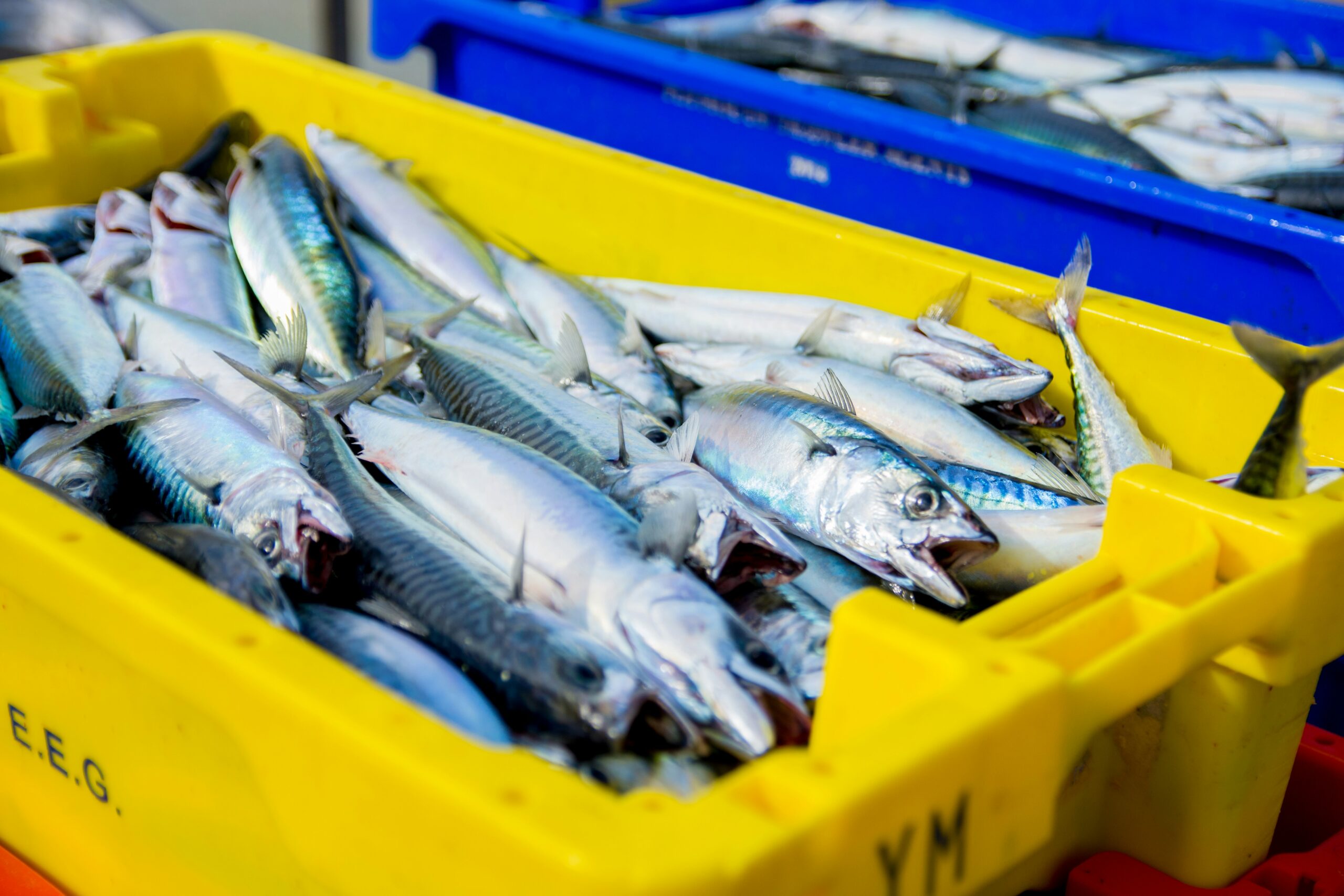Photo by Richard Bell
The International Council for the Exploration of the Sea (ICES) has advised that Northeast Atlantic mackerel catches must be reduced by 77% for 2026, setting a total allowable catch of 174,357 tonnes compared to an estimated 755,143 tonnes in 2025.
The recommendation reflects spawning stock biomass falling below all critical reference points, including the absolute minimum biological limit. According to ICES data, catch limits have exceeded scientific advice in every year but one since 1998, with catches averaging 33% beyond recommended levels over the past decade.
“The latest update on the state of the mackerel stock is shocking – but not surprising,” said Aoife Martin, Independent Chair of the North Atlantic Pelagic Advocacy Group (NAPA).
Quota-sharing disputes continue
The absence of a comprehensive quota-sharing agreement amongst coastal states has resulted in unilateral quota setting. Analysis by the Blue Marine Foundation has identified catches exceeding sustainable levels by 400,000 tonnes in 2023.
“The largest, most valuable fishery has been driven to the brink by continued and massive overfishing,” said Jonny Hughes, senior UK marine policy manager at Blue Marine Foundation.
Negotiations between the UK, Norway, EU, Iceland, Faroe Islands, and Greenland have yet to produce an agreement that keeps total catches within scientific recommendations.
Market responses to stock decline
The Marine Stewardship Council has confirmed that Atlantic mackerel products lost their certified sustainable status in 2019 and it has not been reinstated. Some major seafood companies are responding by switching suppliers, with Princes announcing a move to MSC-certified Chilean Jack mackerel.
NAPA, representing over 50 global retailers and suppliers, has warned that without a comprehensive catch-sharing agreement within six months, many members may reconsider their pelagic sourcing decisions.
Ireland faces potential €200 million losses
Ireland’s fishing industry faces significant economic challenges, with mackerel representing €94 million in annual exports. The Irish Fish Producers Organisation estimates that a 70% quota reduction could result in direct losses of €66 million, with total economic impact potentially exceeding €200 million when processing and logistics are included.
“The scientific recommendation issued this morning is a hammer blow. It could wipe out Ireland’s pelagic fishing fleet and fish processors,” stated Aodh O’Donnell, CEO of the Irish Fish Producers Organisation.
Irish fishing leaders met with Marine Minister Timmy Dooley in Killybegs to discuss emergency financial support measures and policy responses.
Industry challenges to scientific advice
Several industry organisations have questioned aspects of the ICES methodology. The Scottish Pelagic Fishermen’s Association described the recommendation as reflecting “absurdly cautious assumptions” and “an arbitrary choice of a recruitment period.”
Norway’s Fiskebåt has argued that “the proposed quota cut is largely due to changes in methodology and reference periods, not actual changes in the stock,” recommending a 2026 quota of 306,702 tonnes instead.
Path forward
The Marine Stewardship Council has indicated that adherence to ICES advice will be necessary for any future reinstatement of certification. “If we lose North East Atlantic mackerel, there is no alternative – you can’t catch it anywhere else,” said Hughes in a statement to Oceanographic Magazine.
NAPA’s Fishery Improvement Project has been extended to April 2026, providing time for coastal states to reach agreement on quota sharing. The group has proposed interim measures including limiting high seas catches to 10% of total catches and restricting quota banking and borrowing to 10% annually.
Negotiations between coastal states are scheduled to resume this month, with decisions on 2026 quotas expected by December.
